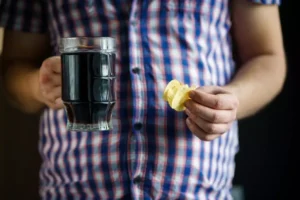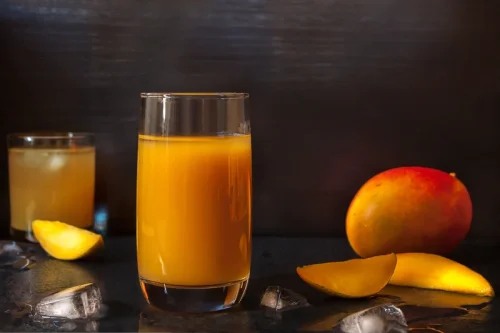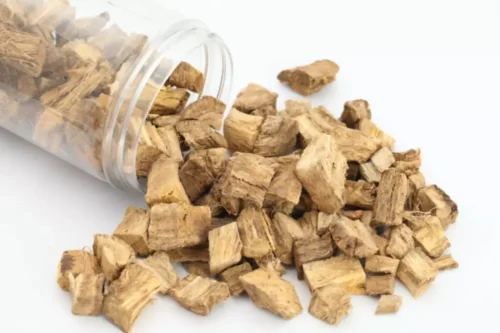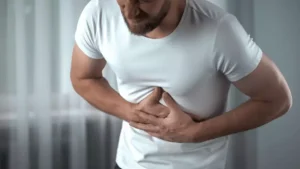
They must consider the fact that a patient presenting with PTSD may be drinking excessively. For patients with alcohol use disorder, it’s important to look at their pasts for any signs of trauma. In reality, many different traumatic situations and life experiences can cause it. Any traumatic event can cause PTSD, whether there is a threat to the physical, emotional, or social safety of yourself or someone else. Some clinical features of AUD may also precipitate sleep disorders, such as a preoccupation with obtaining alcohol and AUD-related psychosocial stressors. Moreover, tolerance to alcohol can increase alcohol intake, which in turn may exacerbate sleep symptoms.
Post-Traumatic Stress Disorder (PTSD) and Alcohol Addiction
Individuals who had problems with alcohol were almost three times as likely to have a co-occurring mental disorder as those with no alcohol problem. Antisocial personality disorder and SUD were the most common co-occurring disorders. Research on the factors leading to participant dropout and on ways of increasing treatment engagement and retention is critical. A couples therapy called “project VALOR,” which stands for “veterans and loved ones readjusting,” involves 25 sessions of cognitive behavioral therapy for PTSD and alcohol misuse, enhanced for significant others. Two OEF/OIF veterans received VALOR therapy in two separate case studies.49 These veterans greatly reduced their alcohol use at the start of treatment or shortly before beginning the treatment, and their PTSD symptoms substantially decreased over the course of treatment.
Symptoms of PTSD and Alcohol Use Disorder Differ by Gender.
- Given that this measure did not specify whether problems were due to active use or due to withdrawal, a more detailed measure of alcohol-related problems should be included in future studies.
- If you or a loved one is struggling with alcoholism and co-occurring PTSD, recovery is possible.
Research also documents high rates of comorbid PTSD/SUD among Veterans (Centers for Disease Control and Prevention, 1988; Shipherd, Stafford, & Tanner, 2005). A recent study (Petrakis, Rosenheck, & Desai, 2011) using national administrative data from the Department of Veterans Affairs indicated that, among Veterans who had served in Vietnam era or later, almost half (41.4%) with an SUD were dually diagnosed with PTSD. The survey data showed that 77% of the respondents had experienced a qualifying traumatic event, as defined by the DSM-IV.18 The most commonly reported stressful life events were indirect experience of 9/11, serious illness or injury to someone close, and unexpected death of someone close. Individuals with PTSD were more likely to report mood disorders, anxiety disorders, SUD, and suicidal behavior than respondents without PTSD. Also, respondents with PTSD were more likely than those without PTSD to have co-occurring AUD, after controlling for sociodemographic factors such as age and race.

Interventions for Prevention of PTSD and AUD
Furthermore, given our sample of treatment seeking individuals with comorbid PTSD and alcohol dependence, results must be generalized as such. However, a strength of the study is that the sample included both veterans and civilians with ptsd and alcohol abuse almost equal distribution across gender. Finally, future research should include comparison groups with other psychological disorders or alcohol dependence only in order to parse out the influence of PTSD-specific symptomatology.


Getting timely help and support may prevent usual stress reactions from getting worse and leading to PTSD. It also may mean seeking out a mental health professional for a brief course of therapy. You can develop post-traumatic stress disorder when you go through, see or learn about an event involving https://ecosoberhouse.com/ actual or threatened death, serious injury or sexual assault. Because these two issues are so intimately connected, it is essential that treatment address them both. PTSD treatment without concurrent alcohol treatment can lead to ongoing substance abuse and a return to PTSD symptoms.
- Also needed is examination of how adding PTSD-focused treatment to AUD treatment will be feasible in terms of treatment costs, training requirements, and staff workload.
- The hallmarks of anxiety disorders are excessive and recurrent fear or worry episodes that cause significant distress or impairment and that last for at least 6 months.
- However, treatment outcomes for both disorders have been modest at best and there is a need for improvement in treatment options.
- If PTSD severity does have a moderating effect on the relationship between drinking quantity and self-ratings of alcohol-related problems in treatment-seeking populations with comorbid PTSD/AUD, this could potentially affect PTSD/AUD treatment strategies.
PTSD and Alcoholism in Women
What Should I Do if I Think I Have Co-occurring PTSD and SUD?
Childhood Trauma and Alcohol









